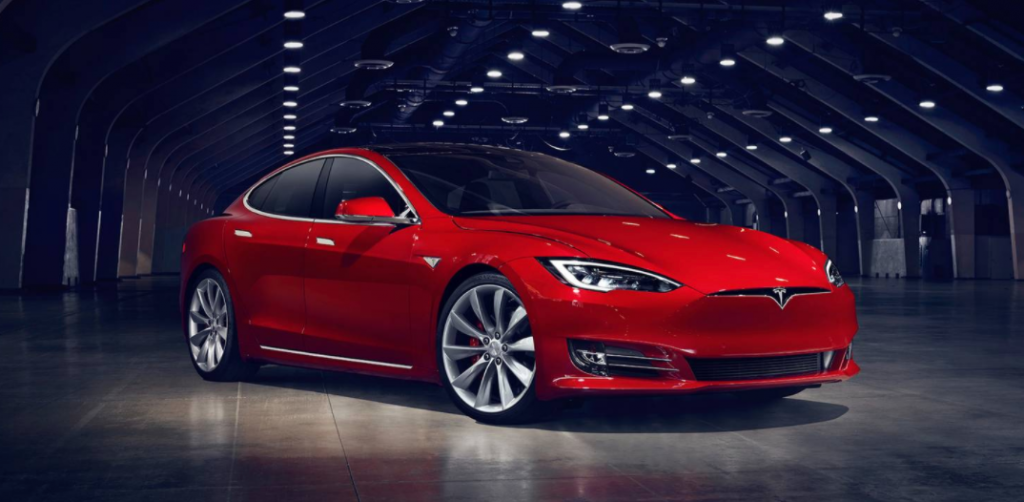
Many electrical and digital systems dominate today's vehicles' internal networks. For instance, the onboard diagnostics port, OBD-II, has been mandatory for United States cars since 1996. More recently, some of these data have become more accessible to the automobile driver. Cars can now send information directly to the dashboard, alert the driver of future service requirements, and replace the traditional red light on the panel.
Driving Your Car in the Cloud
Today, the intersection between vehicles and consumer electronics is expanding rapidly. The features that are already on the market and will continue to improve at a fast pace. Which are based on the following three elements:
1, Smart cars – Software is responsible for delivering functionality that in previous generations were made possible by analog devices
2. Cloud Computing Techniques – The ability to provide services from the car manufacturer as well as from other providers automatically over the Internet
3. Connectivity –High speed, reliable, secure communications between the automobiles and various services that various providers are lining up to offer.
Example: The Tesla Model S
The Tesla Model S is more than a next-generation electric automobile. Examining the infrastructure behind the Tesla Model S provides insight into the Car in the Cloud concept, and offers a glimpse of the future. This automobile features a seventeen-inch screen, completely replacing the manual buttons that you usually see in a typical car.
Tesla's programmed their on-board computer by customizing Google's Android mobile operating system. Android is an open-source stack that powers many popular consumer devices such as smartphones, tablets, and now – automobiles. Elon Musk, Tesla's CEO, has also said that the Model S will support third-party apps to extend each car's functionality. Since a Tesla Model S is blessed with a large display and a handful of starter apps, it is clear that it will push more and more apps to the car via the Tesla Cloud. Nevertheless, customers are questioning that will Tesla launch an app at the market place? Also, will the commercial market be able to use the Tesla API and implement an ever-growing number of Tesla apps? Clearly, there is an opportunity for the app and cloud marketplace that could set the trend for the automotive industry in the future decades.




No comments